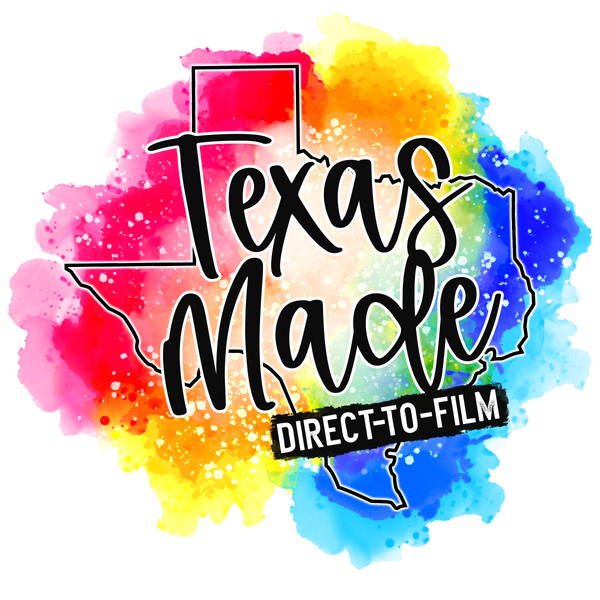Textile printing is constantly on the lookout for new ways to fulfil the changing needs of consumers and industry requirements. Direct to Film (DTF) printing has evolved as a promising technology, providing an innovative approach to textile decoration. It has grown in popularity in the printing business for a variety of beneficial reasons. DTF, DTF Transfers, or Direct to Film is a printing technique that employs white ink as a foundation to create high-quality, bright images on a variety of materials. However, the question remains: is DTF printing worth the investment? Let's look at the advantages and downsides to find out.
Pros:
- DTF Transfers are Versatile: DTF printing allows for material variety. It may be used on a variety of materials, including cotton, polyester, mixes, and leather. This adaptability allows for printing on a variety of clothing and materials. Furthermore, DTF transfers may be utilised on a wide range of materials, including bags, shoes, and wood. A DTF transfer works on practically any porous medium.
- Vibrant Colors: One of the most prominent advantages of DTF printing is its ability to generate brilliant and long-lasting colours. The method enables exact colour reproduction, yielding high-quality prints with superb colour saturation and detail.
- Durability: DTF prints are quite durable. The prints have exceptional washability and fade resistance, ensuring that the designs remain intact even after repeated washing. Direct to garment printing are sensitive since the ink is applied directly to the fabric. DTF prints may not feel as soft as DTG prints, but they are significantly more durable.
- Prints transferred directly to film wash well and are elastic, so they will not crack or flake, making them ideal for heavy-duty applications.
- Detailed Prints: DTF printing reproduces elaborate patterns and subtle details with outstanding clarity. This makes it perfect for printing detailed graphics, pictures, and drawings on fabrics.
- Cost-Effective: When compared to other printing technologies such as screen printing, DTF printing can be less expensive for small to medium print runs. It involves less setup time and reduced labour expenses, making it a viable alternative for enterprises of all sizes.
Cons:
- Initial Investment: The initial cost required for DTF printing is one of the most significant hurdles to adoption. Setting up a DTF printing system requires the purchase of specialised equipment such as printers, heat presses, and consumables including films and powders. This initial capital investment may be large for enterprises, particularly small ones.
- Learning Curve: While DTF printing has many advantages, mastering the technology takes time and effort. Operators must get training to grasp the complexities of the process, which include appropriate film application, powder deposition, and heat press settings. Those who are inexperienced with the technology may face a high learning curve.
- Environmental Concerns: DTF printing, like many other printing processes, uses chemicals and consumables that, if not handled appropriately, can have an impact on the environment. To reduce environmental effect, it is critical to dispose of old films and powders and provide sufficient ventilation in the printing area.
- Film Handling: DTF printing is based on a unique film that acts as the carrier for the printed artwork. Handling and storing these films requires caution to avoid damage or contamination, which can degrade print quality. Additionally, film expenditures might accumulate over time, affecting total operational expenses.
- Limited Market Penetration: Despite its benefits, DTF printing is still relatively new when compared to older processes such as screen printing or heat transfer. As a result, market penetration of DTF-printed items may be restricted, limiting demand and profitability for enterprises that invest in this technology.
Conclusion:
In conclusion, the choice to engage in DTF printing is influenced by a variety of variables, including corporate objectives, financial limits, and market needs. While DTF printing has indisputable advantages such as adaptability, brilliant colours, and durability, it also has drawbacks such as a high initial investment, a learning curve, and environmental concerns. Businesses should carefully consider these advantages and disadvantages before deciding whether DTF printing is a good fit for their aims and resources. As technology advances and popularity increases, DTF printing may become a more appealing choice for textile decorating in the coming years.
Check out our Facebook Page and Community Group for offers and more updates.

